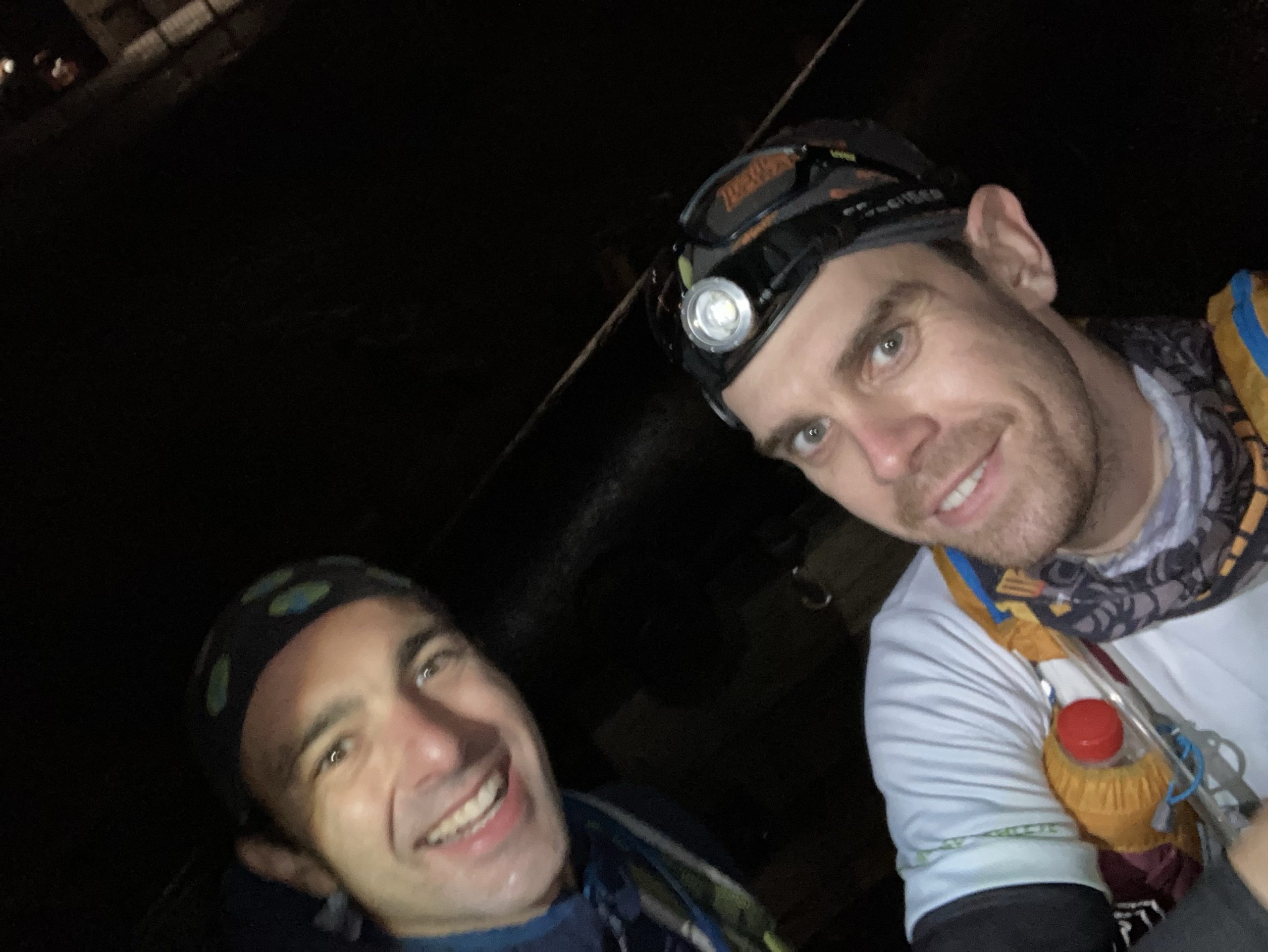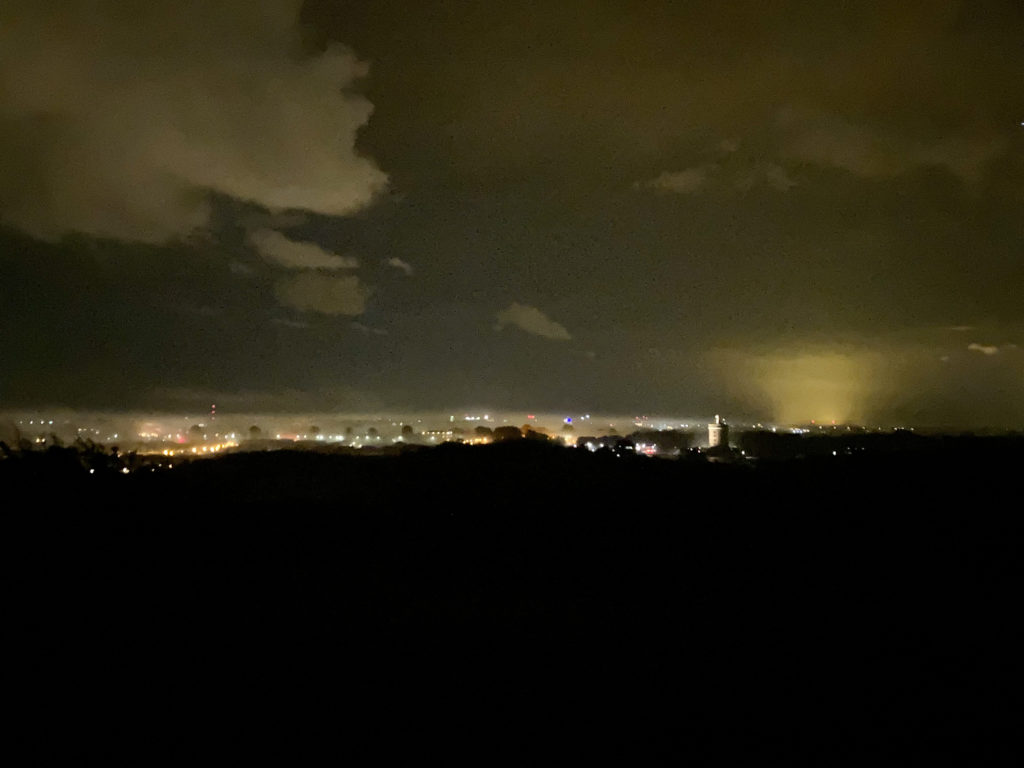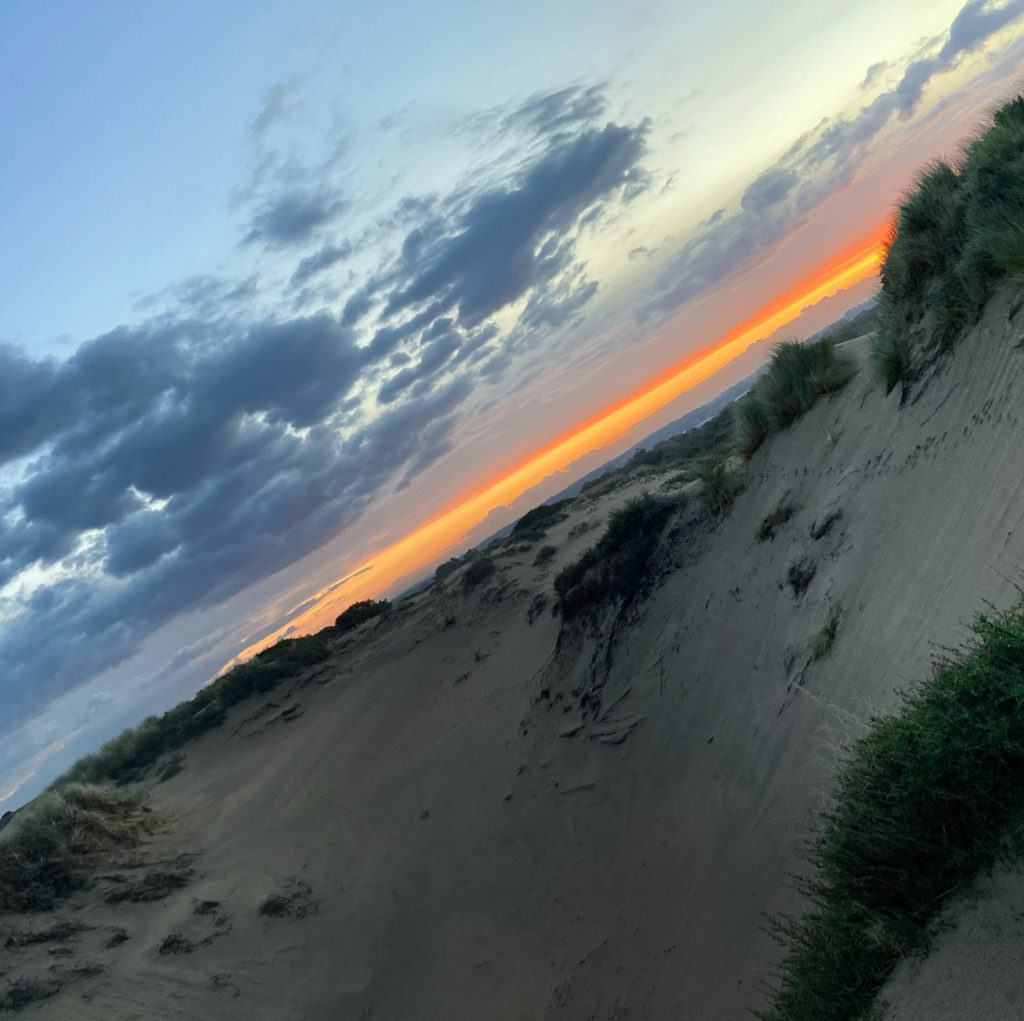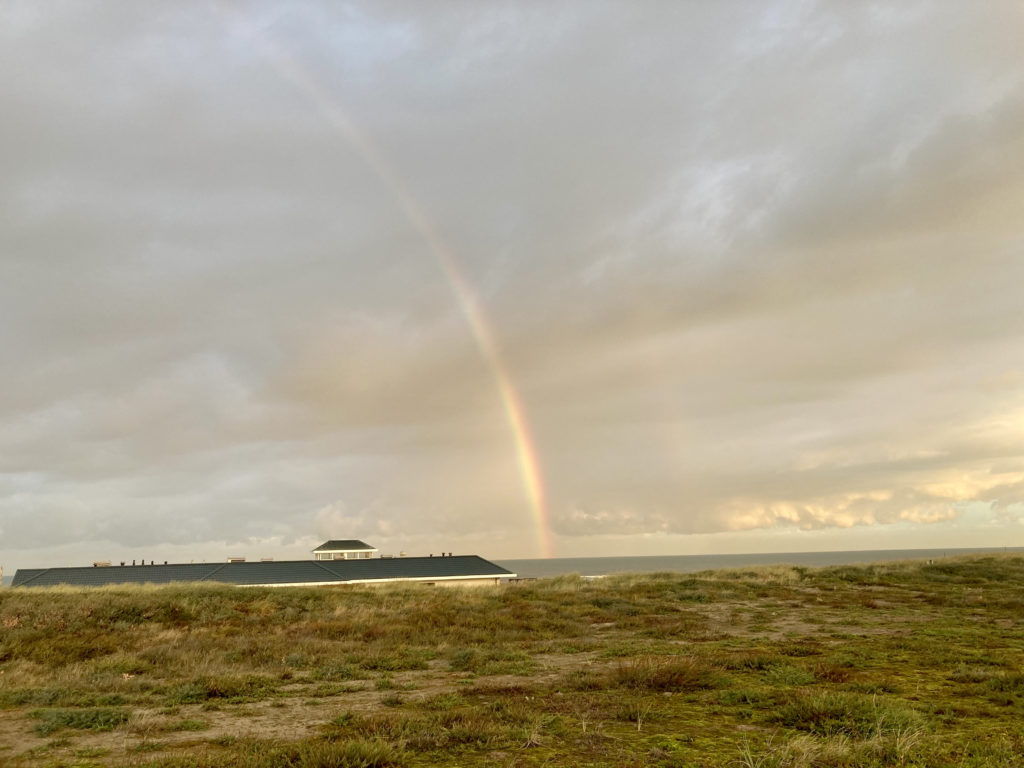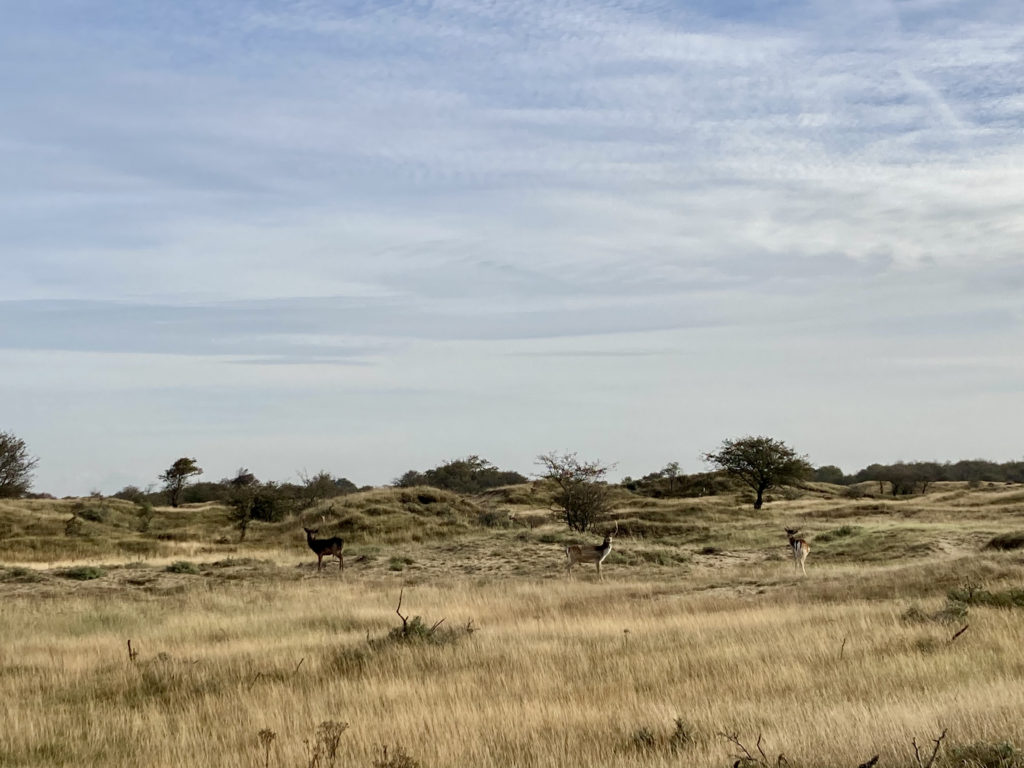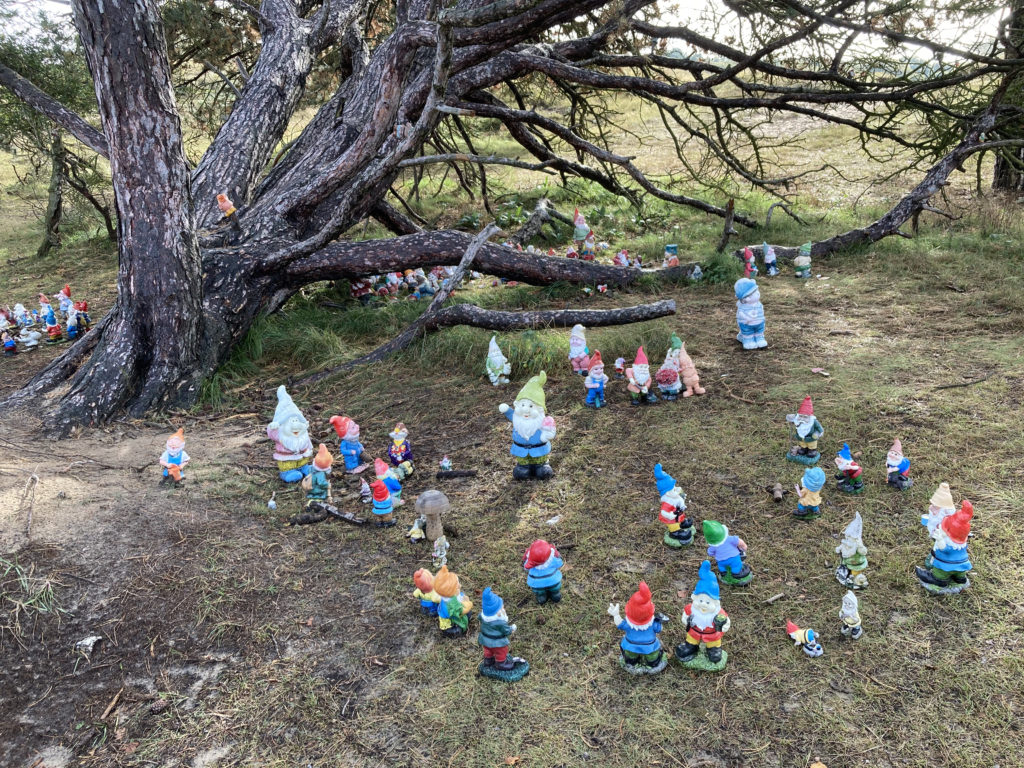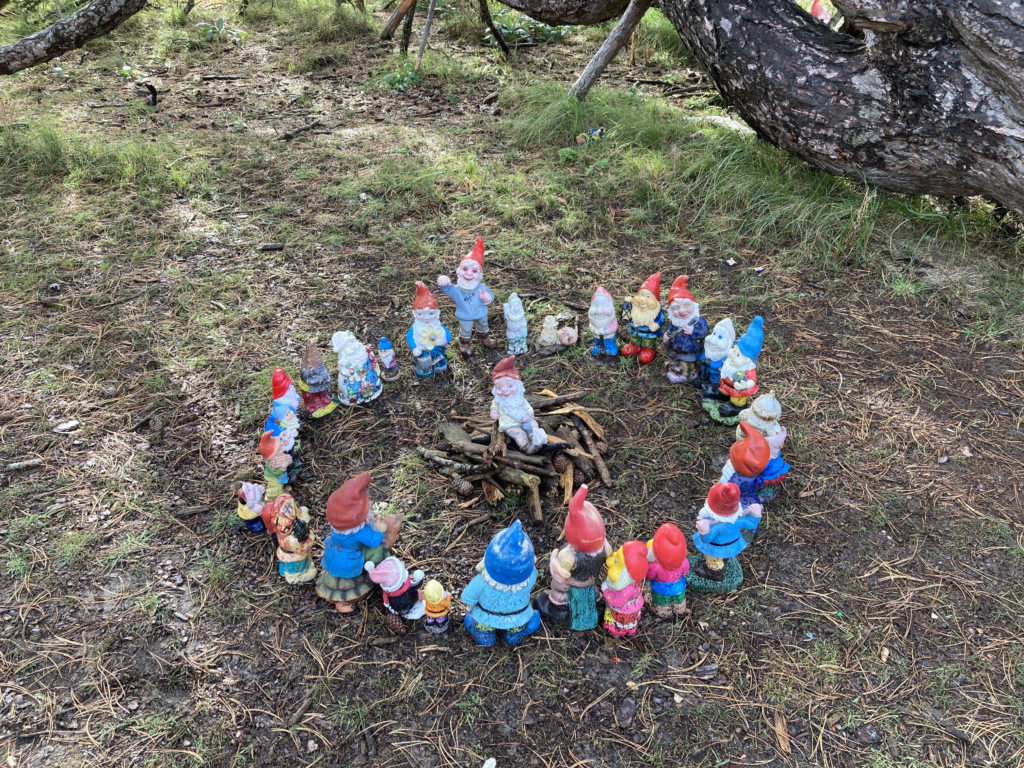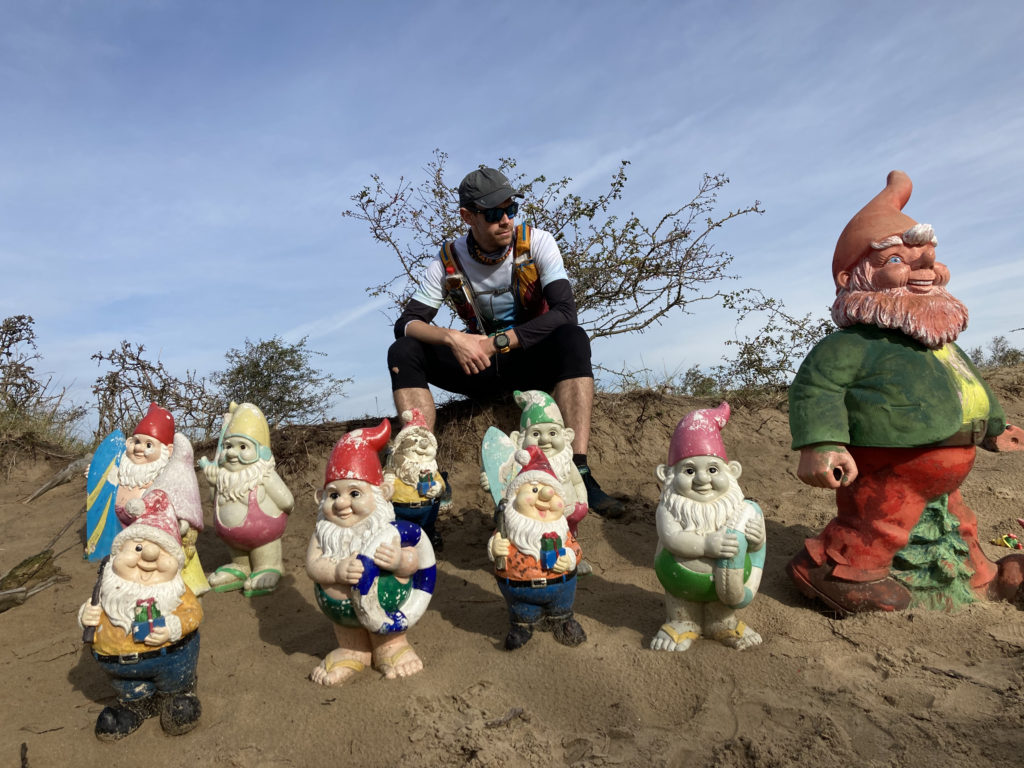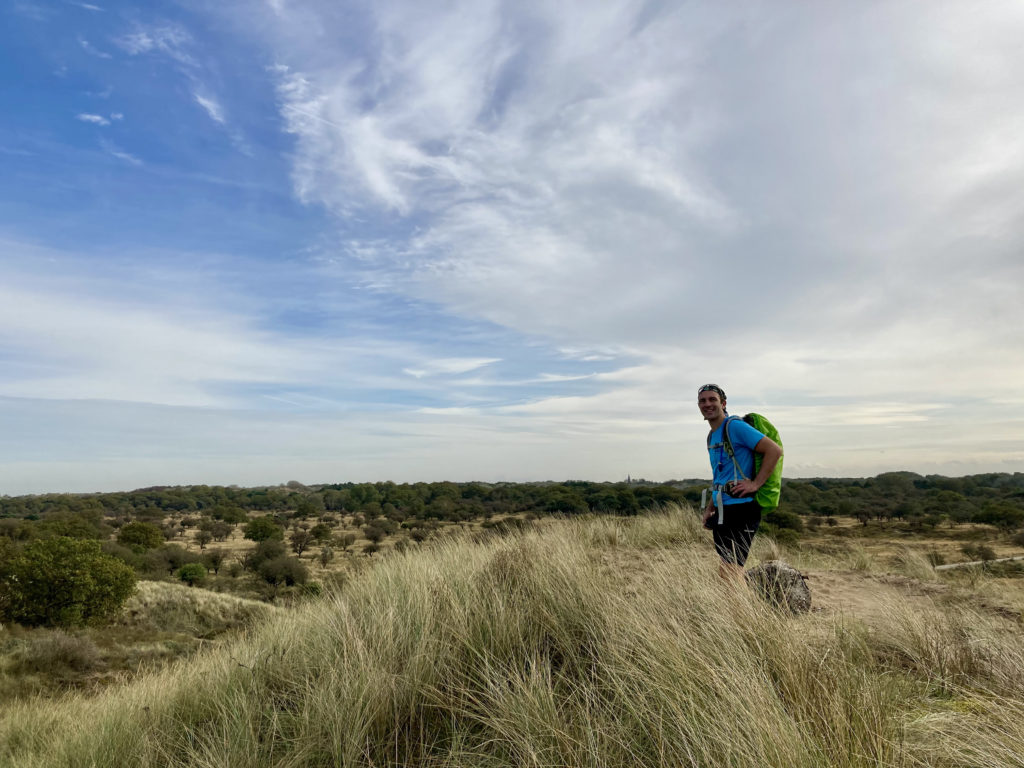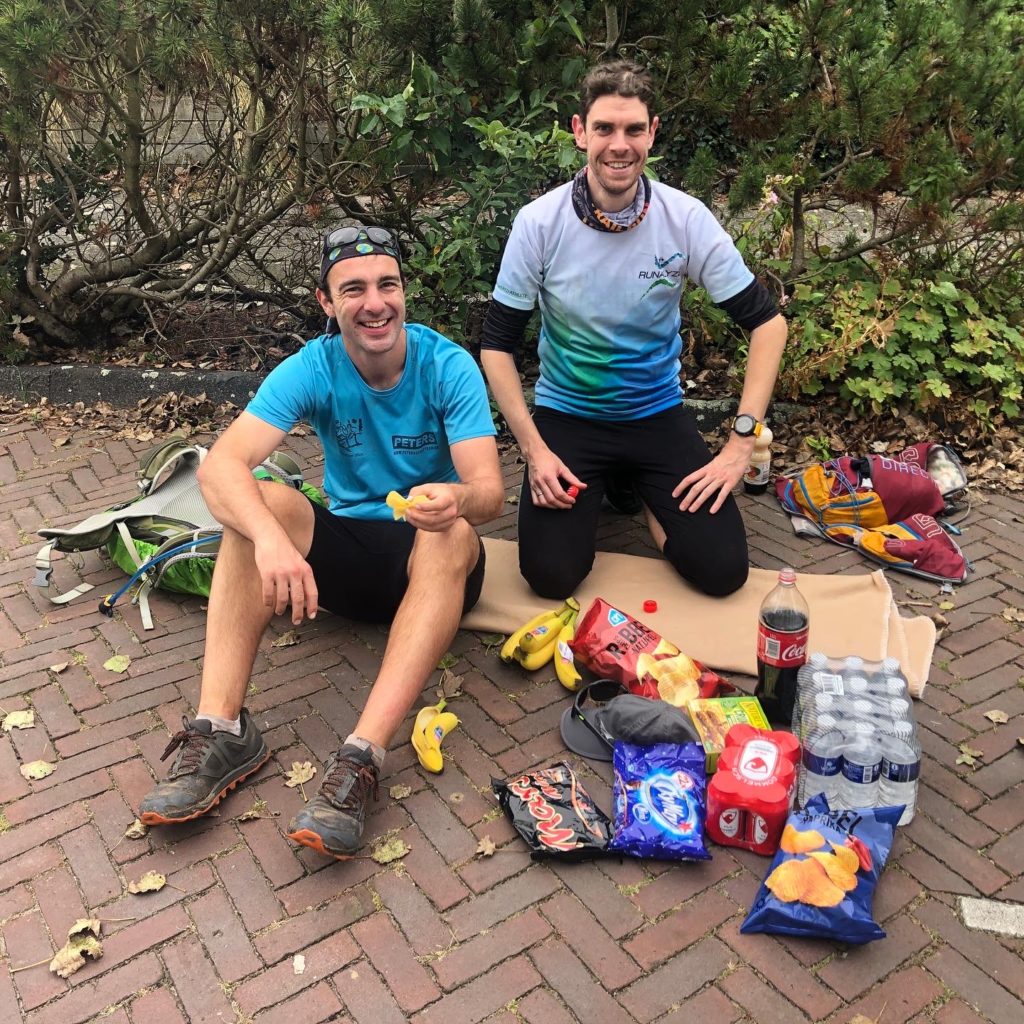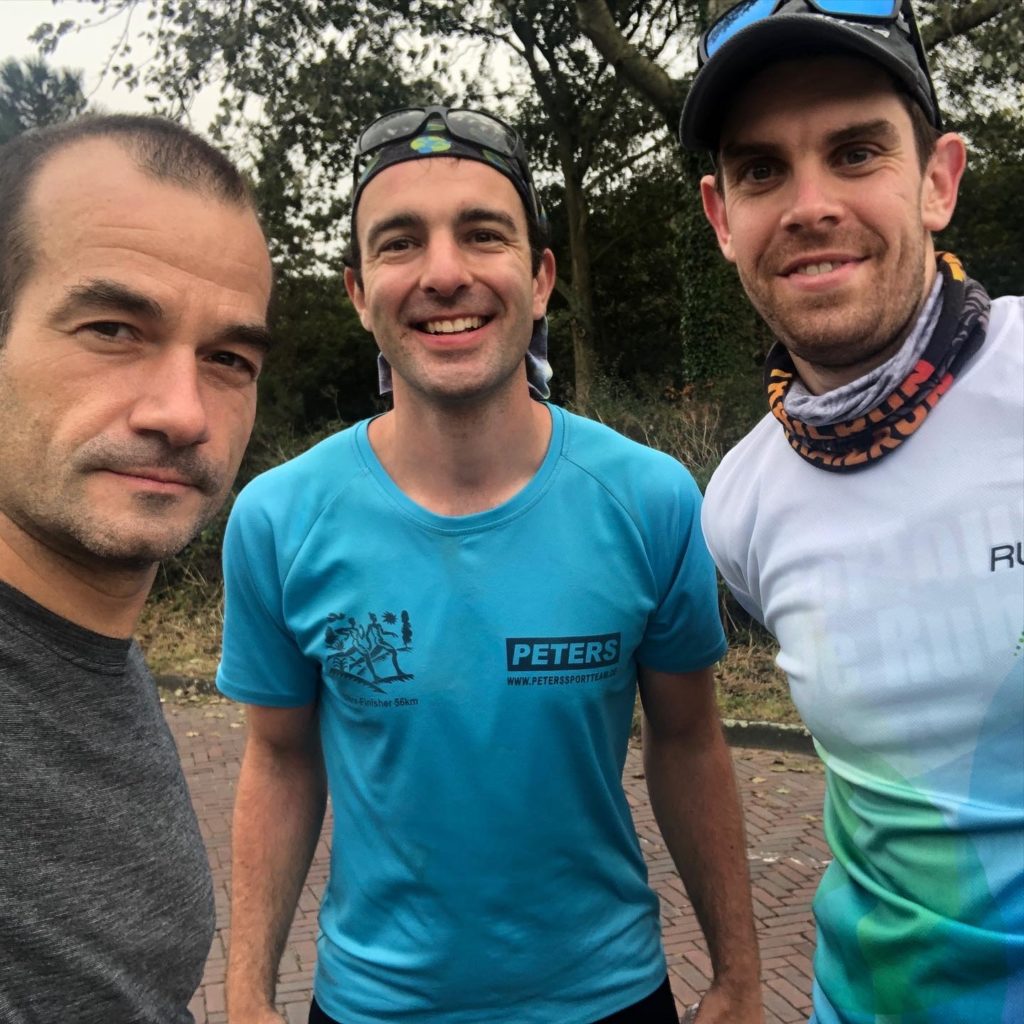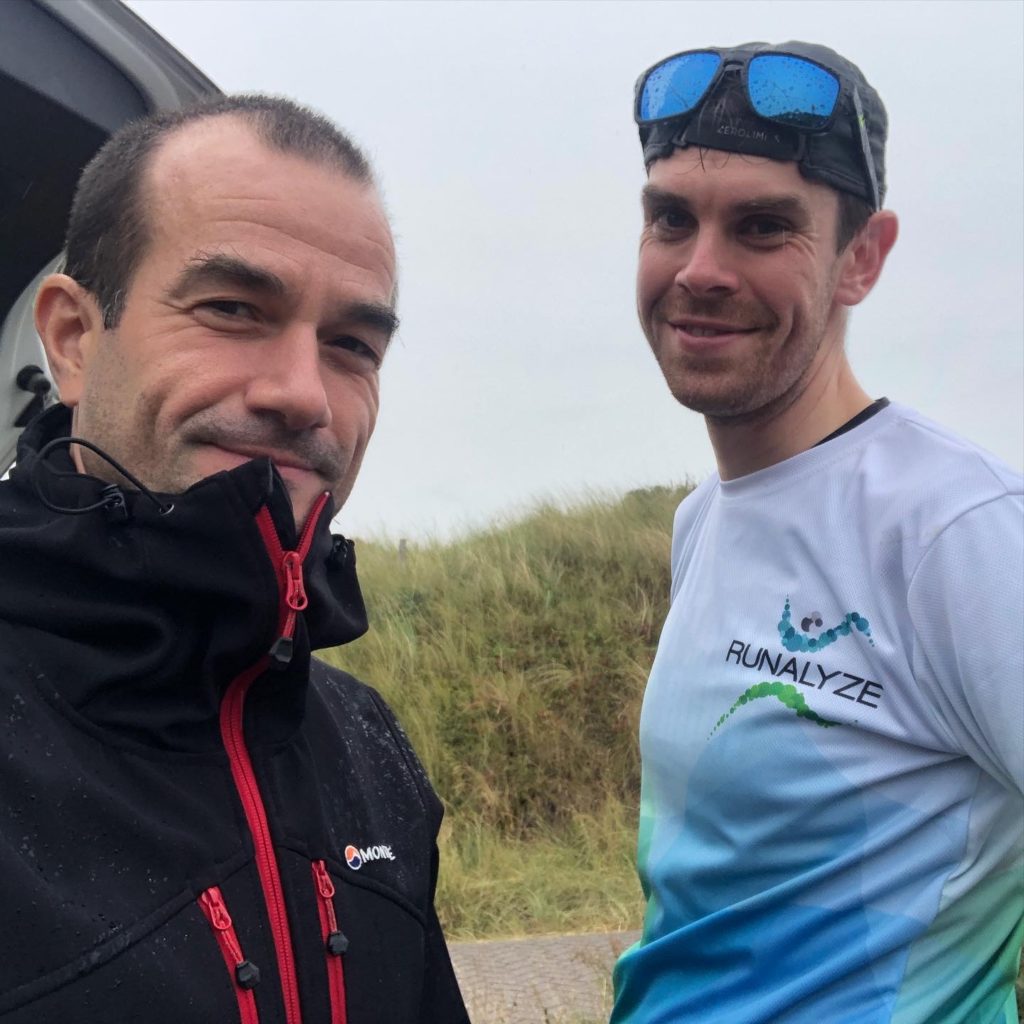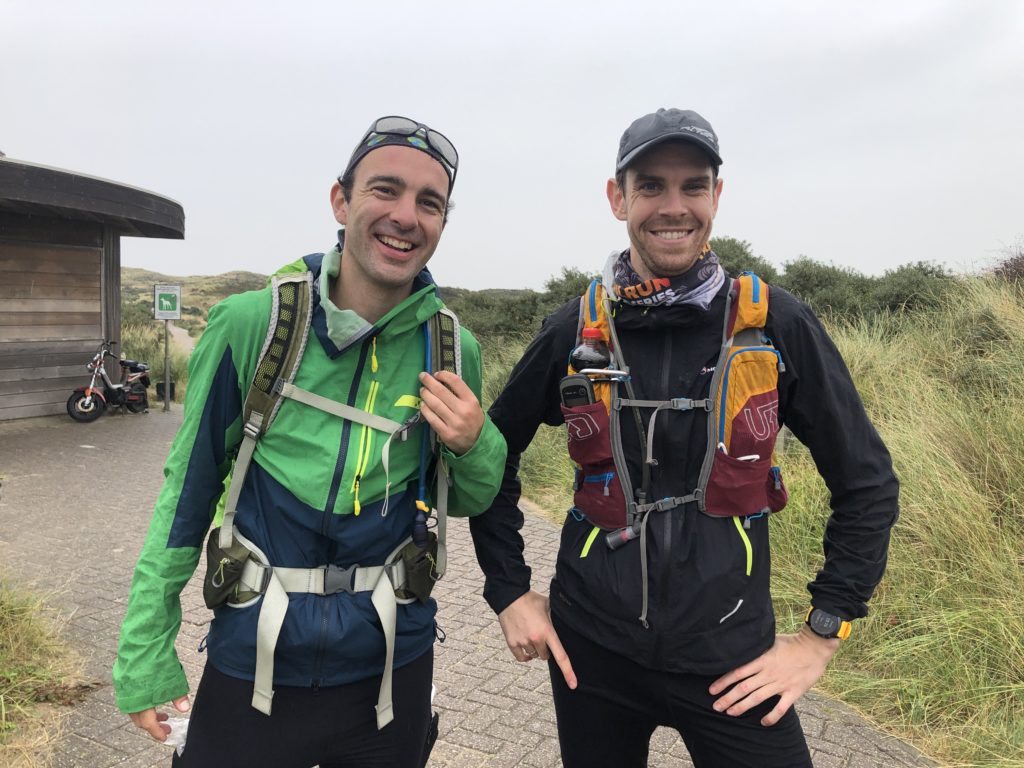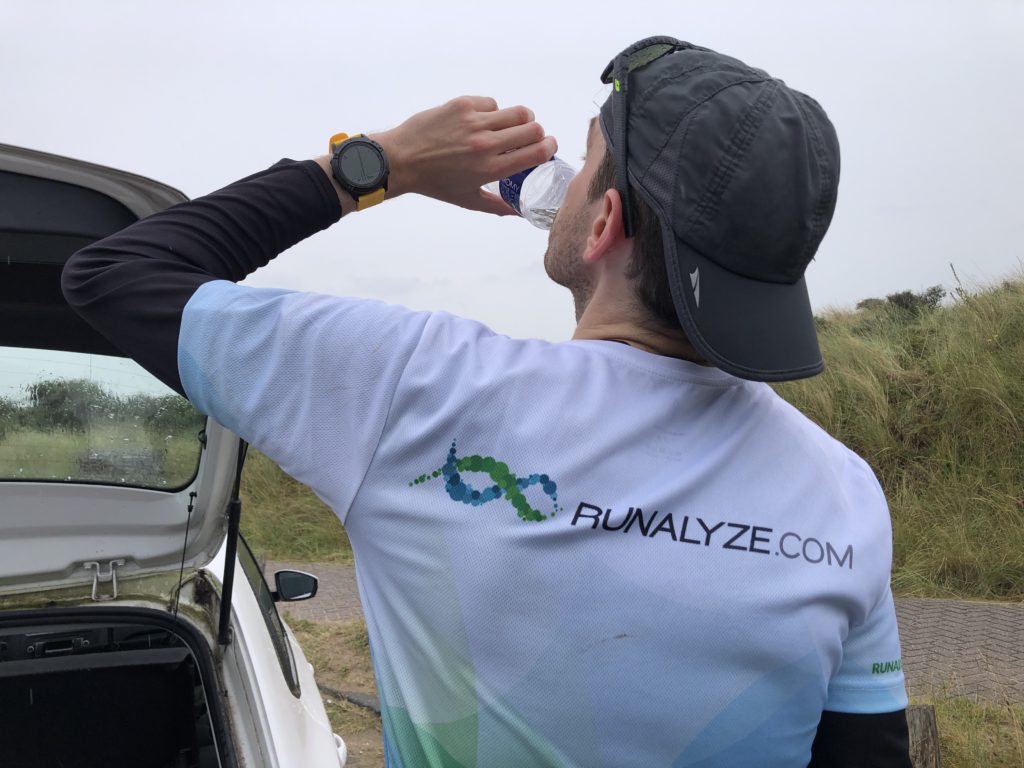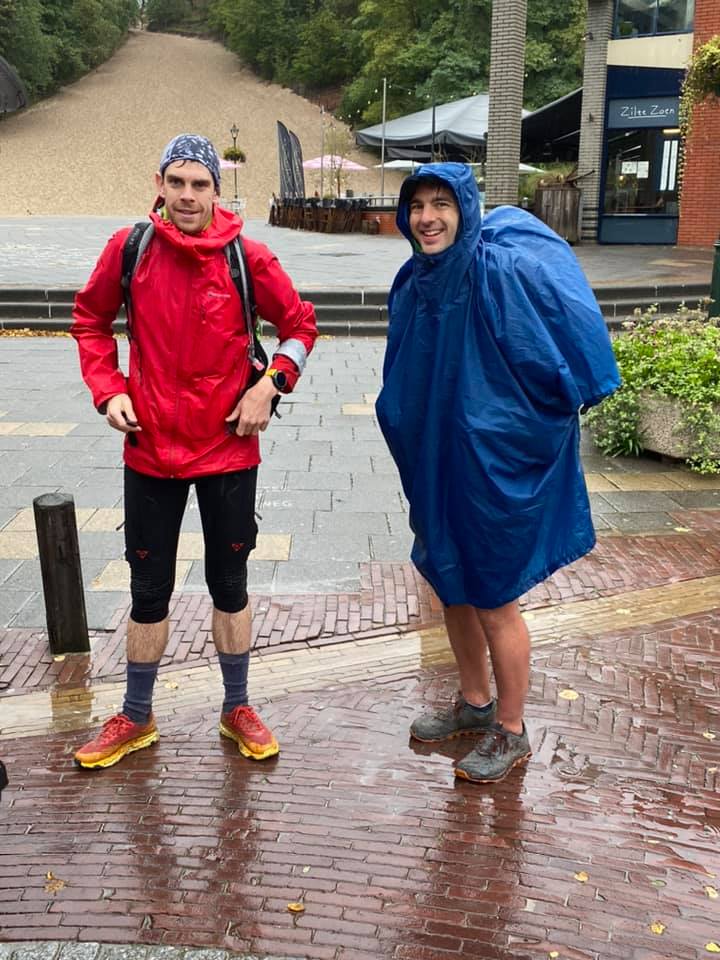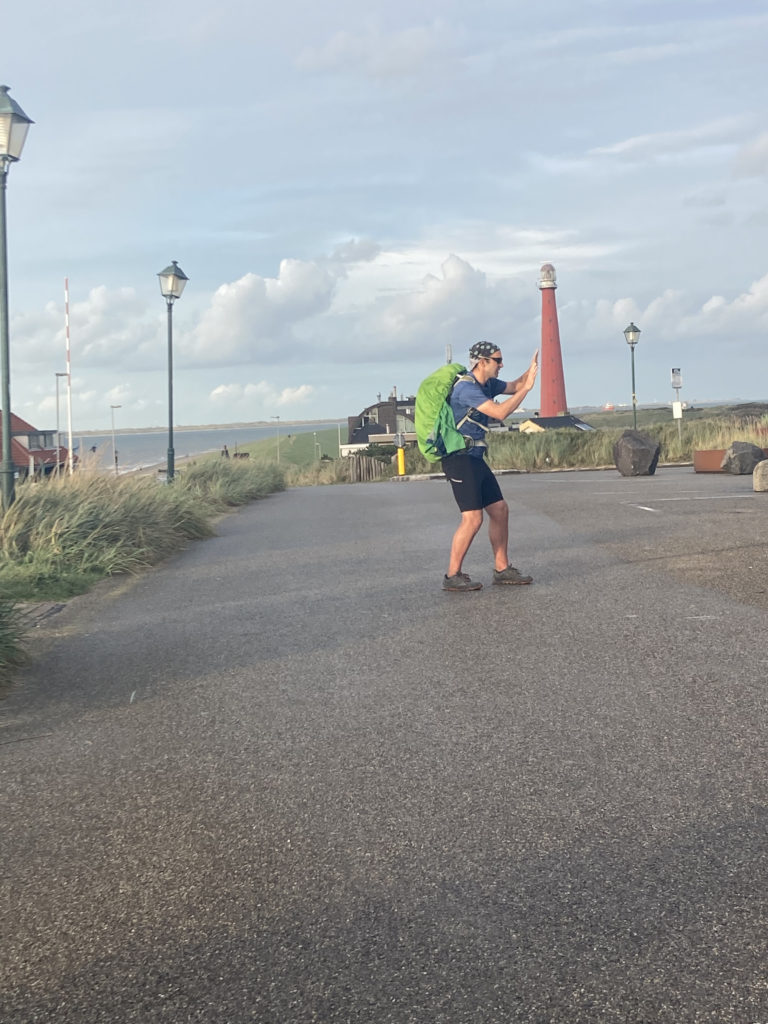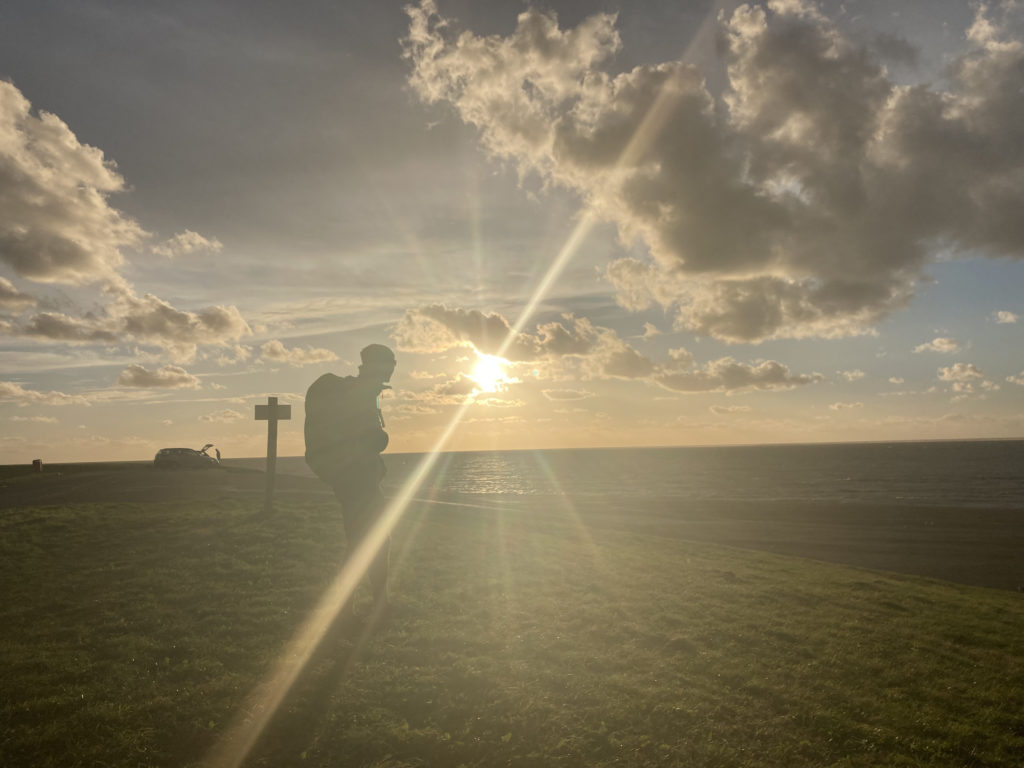Sooner or later during long distance running attempts the moment of tiredness comes. As this is a fact we better discuss ways and means to deal with this.
What does science say?
Looking at two publications:
[1] A group of 636 ultra marathon runners answered a questionnaire. Amongst the questions with regards to normal sleep behavior and the expected findings (the participants sleep a bit more on weekend compared to weekdays, on days without work more people were doing small power naps during the day) these people have been asked on their strategies how to deal with sleep during ultramarathon races. Around 74% if the study group replied that they do have a sleep strategy which meant for around 55% of them to try to increase sleep prior race day. 21% of the study group reported that they do have a strategy to manage sleep DURING the actual race – the micronap strategy was the most named strategy. From this data a subgroup was further analysed with the finding, that there is some sort of correlation of race duration and sleep time: the longer the race, the more they sleep.
[2] A systematic review on the napping behavior of athletes and how it impacts performance looking at all available literature. The key conclusions are that athletes may want to consider a daytime nap between 20-90 min duration between 1 and 4 p.m. (not later) and may want to think about a 30 min nap prior a long training run or race. Both will ease/delay the impact/onset of sleepiness while running and generally leads to a better performance.
There are some more but not too many articles about sleep behavior/deprivation in ultra running. Most focus on the sleep behavior of athletes in general and how this relates to performance. A general tendency, especially in the view of the above is: take care that you do have a healthy, good quality sleep; perform a nap in the optimal time window during the day; sleep a little more in the days/weeks prior a race and have a little nap before you actually start.
What does experience say?
And then there is life.
Life does not care at all on what would be ideal; life is amazing in giving you sleepless nights right when you are in the important prior race period; you job simply does not allow you to nap (depends on what you work) and your lovely kids keeping you awake anyway at anytime. If you can make use of the knowledge above, perfect. If you can’t – well you have to live with this as well. There are some hands-on experiences how to deal with sleep while moving for 24-64 h (one to three nights).
Do not deny the sleepiness for too long. Its ok to ignore it or work against it fo a certain period of time but at some point the problematic effects become too dominant: you forget to eat/drink in proper intervals, you tend to stumble and fall and navigation is no longer possible. There is a variety of big mistakes when being sleepy you definitely want to avoid. So take a break.
During long race/runs with sheltered and warm sleep possibilities a longer nap of up to 1 hour really makes a difference on the situation and your feeling. If you are lucky it recovers you completely from sleepiness (at least for the night you are in).
If you are in situations where indoor/sheltered sleep is not possible or forbidden you need to shorten the breaks. Everything from 5-30 minutes in a nap-format can help. If you are unlucky you will need these type of naps several times in one night to make it to the next morning. Don’t be angry about that – this is another loss of energy and time (and leads to bad decisions as well).
Try to find the best place for your nap. You may want to stay as dry as possible, it should be possible to lay down without massive problems (although some runners report that they slept while standing in the rain), it should be protected from wind (do not sleep on top of anything) and you may want to stay out of private property.
Set an alarm clock. Make sure you will be able to hear the sound (e.g. sleep on your smartphone).
During colder/wetter weather conditions it is handy to use one of these emergency blankets/foil/sleep bags you carry with you anyway. Take off your jacket and backpack (and more clothes if you are still able to undress and dress yourself), wrap yourself completely (gold outside) and lay down. This will keep body and muscles warm, will dramatically increase the nap sleep quality and reduces the stiffness when starting off again. Take the foil with you for your next stop. That is one of the reasons why you should always pack two of these emergency blankets. One for sleep brakes, one for emergency.
Furthermore it will help to regularly fuel your body with something to eat and drink in short intervals during the night (and during the day as well). Prevents your system from shutting down completely and ease the sleepiness a little as your body has something to do. Make a game out of it: every 5k I eat a little something and drink a few ml.
Last but not least: remember the first one of the two rules: never quit at night – it will get better during the day.
Talking about rules – the second one of the two rules is: never quit during the day – there is simply no point in doing this.
References:
[1] Martin, T., Arnal, P. J., Hoffman, M. D., & Millet, G. Y. (2018). Sleep habits and strategies of ultramarathon runners. PloS One, 13(5), e0194705. doi:10.1371/journal.pone.0194705
[2] Lastella M, Halson SL, Vitale JA, Memon AR, Vincent GE. To Nap or Not to Nap? A Systematic Review Evaluating Napping Behavior in Athletes and the Impact on Various Measures of Athletic Performance. Nat Sci Sleep. 2021;13:841-862. Published 2021 Jun 24. doi:10.2147/NSS.S315556


